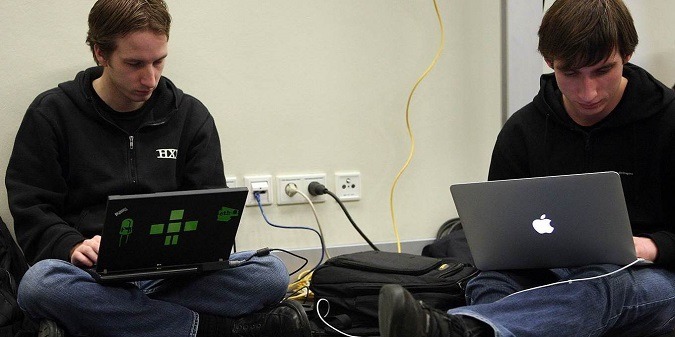Trend: Celebrating neurodiversity in the workforce to harness all brains for good
 ___
___
Fighting Cybercrime with Neuro-Diversity (Project Syndicate):
“Cybersecurity is one of the defining challenges of the digital age. Everyone, from households to businesses to governments, has a stake in protecting our era’s most valuable commodity: data. The question is how that can be achieved…
The key to success is diversity of talents and perspectives. This includes neurological diversity, such as that represented by those with autism, Asperger syndrome, and attention-deficit disorder. People with Asperger syndrome or autism, for example, tend to think more literally and systematically, making them particularly adept at mathematics and pattern recognition – critical skills for cybersecurity…
Recognizing the potential of neurological diversity to contribute to strengthening cybersecurity, we at BT have reframed how we interact with candidates during interviews. We encourage them to talk about their interests, rather than expecting them simply to answer typical questions about their employment goals or to list their strengths and weaknesses. This approach has already been applied with great success by the likes of Microsoft, Amazon, and SAP in the areas of coding and software development, and by the UK’s GCHQ intelligence and security organization, one of the country’s biggest employers of autistic people…
In the digital age, neuro-diversity should be viewed as a competitive advantage, not a hindrance…By recognizing and developing the skills of this widely overlooked talent pool, we can address a critical skills shortage in our economies and enhance our ability to fight cybercrime. Such opportunities are not to be missed.”


